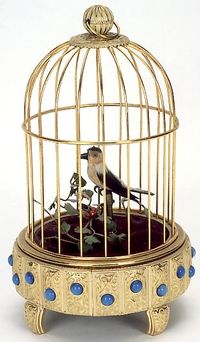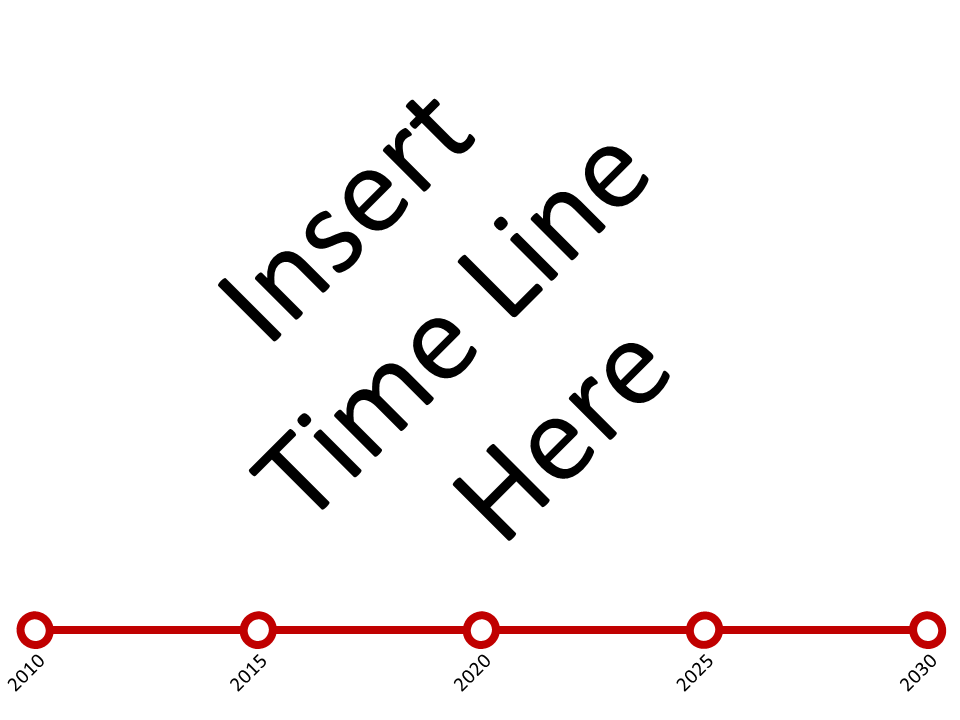The Gilded Cage
The Summary
The Scenario
The year is 2030 and the EU was able to create a unique identity for all its residents. Though the EU has succeeded in integrating its member states and keeping its membership intact, it is a far cry from the economic and political progress that its creators had envisaged.
The 2009 financial crisis rocked the EU economy, which was till then growing and stable.
The growth of the emergent economies of BRIICS (Brazil, Russia, India, Indonesia, China & South Africa) shifted the global focus from EU to these new regions. The EU at this point held lesser significance than the fast developing countries.
Since then, EU's economy is stable and the political environment is progressive, but the growth is not significant to crow about.
Timeline
Period of 2010 - 2015
The economic crisis that started in 2008 has a significant impact on EU. The crisis is a long drawn battle than was initially thought. The massive funds invested by the developed economies in bailing out its financial and manufacturing sector did not reap much dividends. Law makers believed that the economy would recover by 2010, but after showing a minor sign of recovery the economy spins into a long depression. Unemployment rates reach all time high with a huge impact on the political climate.
The developed countries in EU register negative growths for 3 consecutive years with rising fear of this turning into a norm. The UK, Germany and France are no longer the biggest influencer's of EU policies. But, still the smaller EU economies live in the hope of a faster recovery and an overall development across the EU.
The Rest of the World (ROW) is concerned about the developments and worried about its trading and political relations with the EU, if the EU's economy continues its drift down south.
Period of 2015 - 2020
By 2015 the Asian economies and in particular BRIICS economy's are roaring. China is already on the verge of dethroning the US as the world's largest economy. With a GDP growth in double digit the focus of the world is on China.
EU by then manages to drag itself out of the recession, but lot is left to be deserved in terms of growth. From being a huge exported the EU turns into a big importer. Its dependence on the emerging economies increases substantially during this period.
Though the economy seems to wobble the smaller EU nations are happy to live under the EU umbrella as they feel its the safest bet for its survival and development. The situation triggers more co-operation among EU members and the EU is able to establish a strong identity. As all member states have learnt their lessons from the crisis, EU is successful in pushing thorough common and stronger policies of governance.
Towards the end of 2020 EU members start registering positive growth, though minuscule in comparison to the growth registered by the developing economies. The developing economies have cheap labour as one of its key strengths and was soon turning into the manufacturing hub for the developed world. Consumers in Europe were no longer willing to pay higher prices for their purchases. They, desired to have the best products at the cheapest rates.This also triggers more manufacturing moving towards developing countries in Asia, Africa and South America.
Period of 2020 - 2025
With better governance the EU's financial system turns more robust. EU believes in itself and realises that the best way to survive and retain its glory is to co-operate better among itself. Unhealthy trade and border restrictions would not help its cause and hence the EU borders are thrown open for its citizens. EU identity is also recognised by the rest of the world. Citizens take pride in being an EU member rather than their country identities.
EU's economy recovers. There is wide scale development in the Eastern European member states. The balanced economic development reduces the disparities in the living standards between member states.
Though EU is still open to immigration, it fulfills its requirements through immigration within member states. As trade flourishes within the EU, the EU turns more into a mixed culture and losses its historical cultural identity.
The EU also drives sustainable technology and is in the forefront of technological innovations relating to sustainability. The EU becomes self sufficient in its energy production through sustainable means.
Period of 2025 - 2030
Though the EU recovers to its glorious past much stronger the political and economic dynamics stands changed. The developing nations are in the limelight. EU is wise to recognise this shift in power and the geo-political climate. EU strengthens its ties with the developing nations and reaps the dividends of strong growth in these economies.
EU becomes a strongly bonded and an economically progressive unit, but losses its political clout. This is not very different from the current situation, but for the fact that the EU has a strong political clout on the rest of the world.
Key Variables
Governance
Economy
Identity
Immigration
Boundary
Financial System
Culture
Commerce / Trade
Resources / Energy
Political Alignment
Population Change

